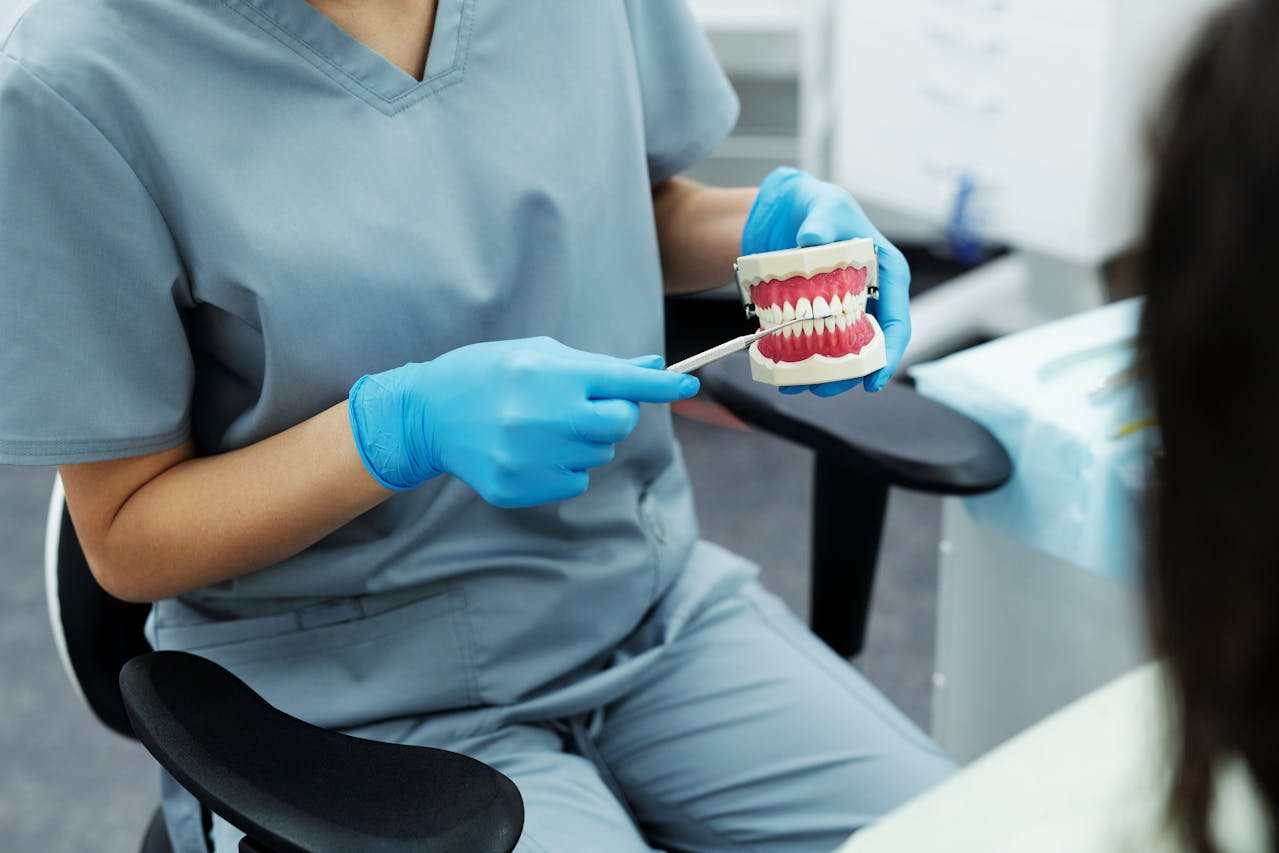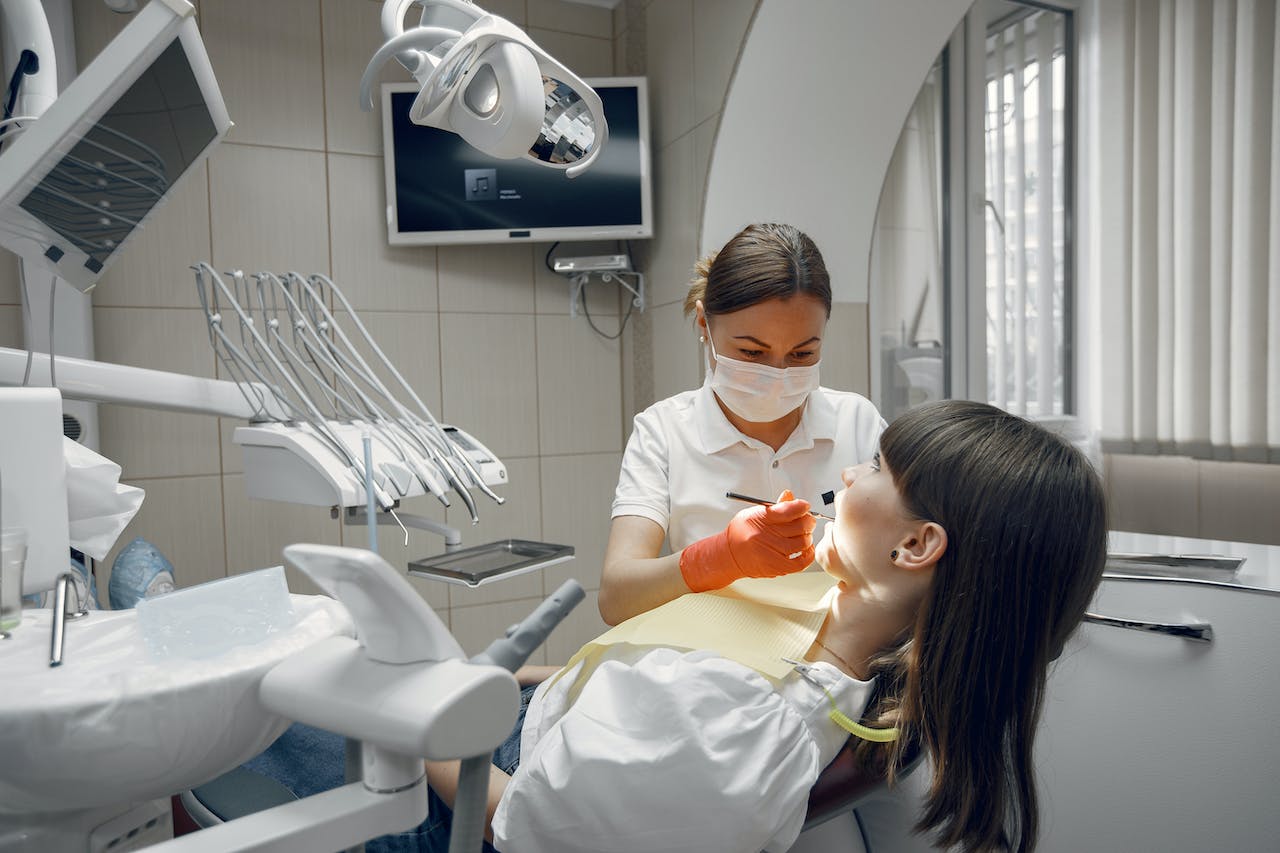Dental offices used to rely on clipboards, desktop computers, and a lot of manual coordination. These days, things are getting a lot more flexible. With mobile-friendly technology, dental teams can stay connected without being tied to one spot in the office.
While plenty of practices already use automation tools, many are still locked into software that only works from a desk. That’s starting to change. Mobile-ready tools, like an AI dental assistant, allow staff to manage patient needs from anywhere in the clinic—or even outside it. That makes things easier, faster, and a lot less stressful.

Why Being Mobile Makes a Difference
Dental clinics move fast. Appointments run back-to-back, emergencies pop up, and there’s often a queue of people waiting at the front desk. If your systems only work from a single workstation, you’re wasting time.
When team members can use a tablet or phone to handle tasks, everything flows better. They can respond to messages, check schedules, or update patient notes without walking back and forth. That keeps the whole operation more organised and less chaotic.
What On-the-Go Access Really Offers
Here are a few practical ways mobile access helps dental teams stay on top of things:
- Instant updates: If someone cancels or books an appointment, everyone gets notified quickly.
- Remote work options: Staff who are working off-site or filling in from home can still help out.
- Faster replies: Patients don’t have to wait hours to hear back. Staff can respond quickly using their mobile device.
The goal isn’t to replace people with tech. It’s to support them with tools that actually fit the way they work.
Real Use in Real Clinics
Let’s say a hygienist needs to check a patient’s treatment notes before a cleaning. With mobile access, they can do it from the treatment room. No need to run back to a computer. Or picture a receptionist on lunch break, quickly confirming an appointment from their phone. These little moments save time and help the clinic run more smoothly.
Some clinics using mobile-friendly systems have seen faster patient response times and less pressure on their front desk staff. That’s because tasks don’t pile up. They get handled as they come in, no matter where the staff happens to be.
Keeping the Office Moving After Hours
Mobile tools also help clinics stay active outside regular business hours. If a patient cancels at night, a team member can reschedule another one before the morning rush. That keeps the calendar full and helps reduce no-shows.
This kind of flexibility is also great for patient support. If someone has a quick question about their follow-up or medication, the team can get back to them right away—even if they’re not sitting in the office.
No Extra Gear Needed
You don’t need to buy new gadgets. Most platforms work on any smartphone or tablet. That means your current devices are probably good enough to get started.
Also, many mobile-compatible assistants integrate easily with the tools you already use. Think calendar apps, patient record systems, or team chat tools. It’s more about adding convenience than changing everything at once.
Handy Features to Look For
While different platforms offer different perks, here are a few features that make a big difference:
- Voice-to-text support: Great for when typing isn’t practical.
- Push notifications: Keep everyone updated without having to log in all the time.
- Cloud syncing: Changes made on one device show up on others in real time.
You don’t need every feature under the sun. Just look for ones that solve real problems your team deals with every day.
Choosing a Mobile Tool That Works
When picking a tool, aim for something that’s fast, secure, and easy to learn. A good platform should work smoothly on different devices and protect patient data across all access points.
Here’s a quick checklist:
- Is it easy to use on a small screen?
- Does it keep data secure?
- Can staff learn it quickly?
- Does it work well with what you already use?
Updates are also important. A platform that improves regularly shows that the company behind it is keeping up with the needs of busy clinics.
Patients Feel the Difference
Most patients won’t know what system your clinic uses. But they will notice when things run smoothly. They’ll feel it when reminders go out on time, when staff answer quickly, and when check-in doesn’t feel rushed.
A mobile system helps make those behind-the-scenes improvements possible. It also gives your clinic a more modern feel, which patients appreciate.
Start Small and Build From There
You don’t have to go all-in right away. Start with something simple like mobile access to scheduling or message replies. Let the team get used to it. Once they’re comfortable, you can explore more features and uses.
Think of it as upgrading from a landline to a smartphone. At first, it’s just about convenience. Eventually, it becomes the tool you rely on for everything.

Wrapping Up
The move from desktop-only tools to mobile-friendly ones is picking up speed in dental care. Clinics are learning that being flexible isn’t just convenient—it’s efficient, practical, and better for both patients and staff.
Mobile tools help teams communicate faster, respond on time, and stay productive even outside the office. They don’t just keep up with modern expectations. They raise the bar for what a well-run dental practice looks like.
If your clinic is still tied to one desk, this might be the perfect time to explore what’s possible with a tool that works wherever you do.


